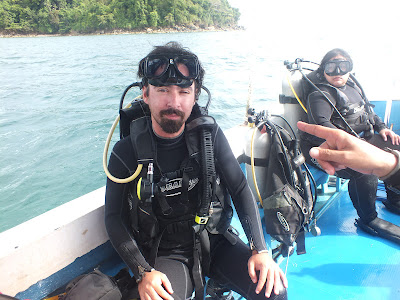Most visitors to the Philippines do not visit the southern island of Mindanao. But then again neither do Filipinos who live in Luzon and the Visayas. Not because they can't afford it (although it's true that many can't it is possible to get a cheap, budget airline ticket from Luzon to Mindanao for only $20 or less, well within the reach of the burgeoning Philippine middle-class), but because they are afraid to. Mindanao is home to various separatist rebel groups (such as the unfortunately-named MILF) and has seen numerous bombings, abductions and killings of foreigners and locals alike. For most Manileños it's a lawless, anarchic place with danger lurking around every corner, completely forgetting that the vast majority of people who live there are ordinary citizens just trying to get on with their lives (if it was so dangerous they would have probably left long ago themselves). I, however, despite the many warnings and looks of incredulity from other Filipinos, was determined to go there. Partly because I find that there is always a huge disconnect between risk and the perception of risk. Often when I mention that I have been to North Korea the first question people ask is "but isn't it dangerous?" to which I, in all honesty, reply that it is probably the safest country to visit as a tourist, even more so than Japan, South Korea or any European country (with the possible exception of Liechtenstein). The British Foreign and Commonwealth Office would rather err on the side of caution and advises against travel to Mindanao (see map below), but luckily I am travelling on a Czech passport and a brief perusal of their foreign office website I found no similar warning, so that makes it OK to visit then. My other reason for going to Mindanao is far more prosaic: the only scheduled international sea connections from the Philippines leave from the island. One south to Indonesia, the other west to Malaysian Borneo. I had lost in my attempt to enter the country overland, but I was damned if I was going to be beaten twice in succession.
 |
| The British FCO travel advisory for the Philippines. As you can see the vast majority of the country is considered safe. Only Mindanao is dangerous, especially the western part where you shouldn't go under any circumstances (only that's where my ferry leaves from). |


